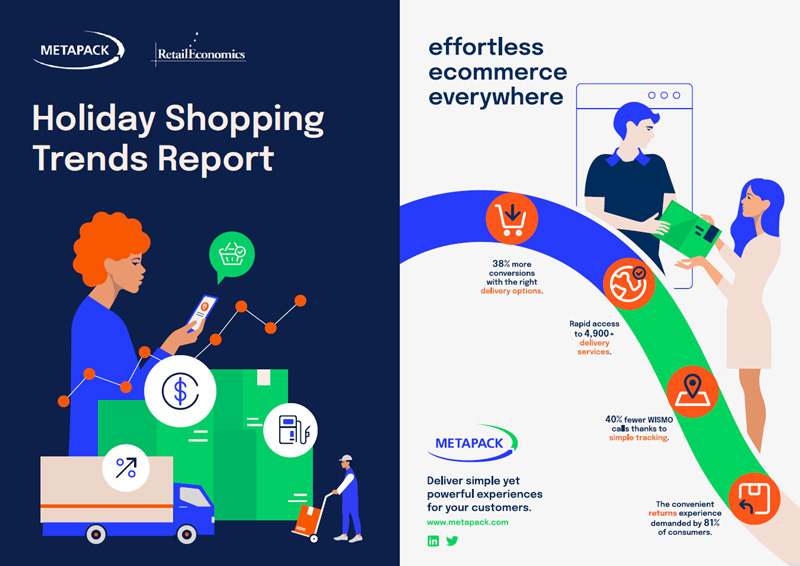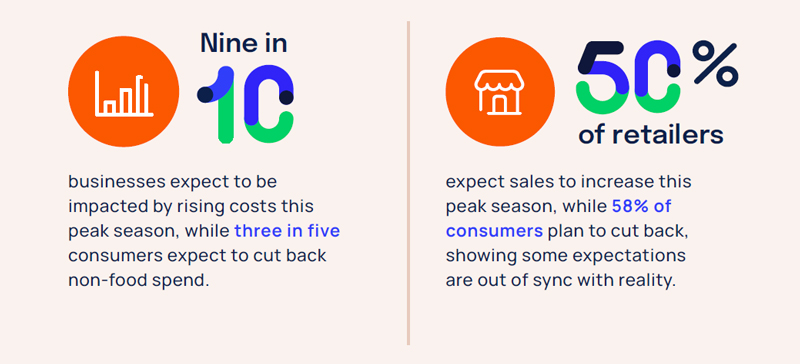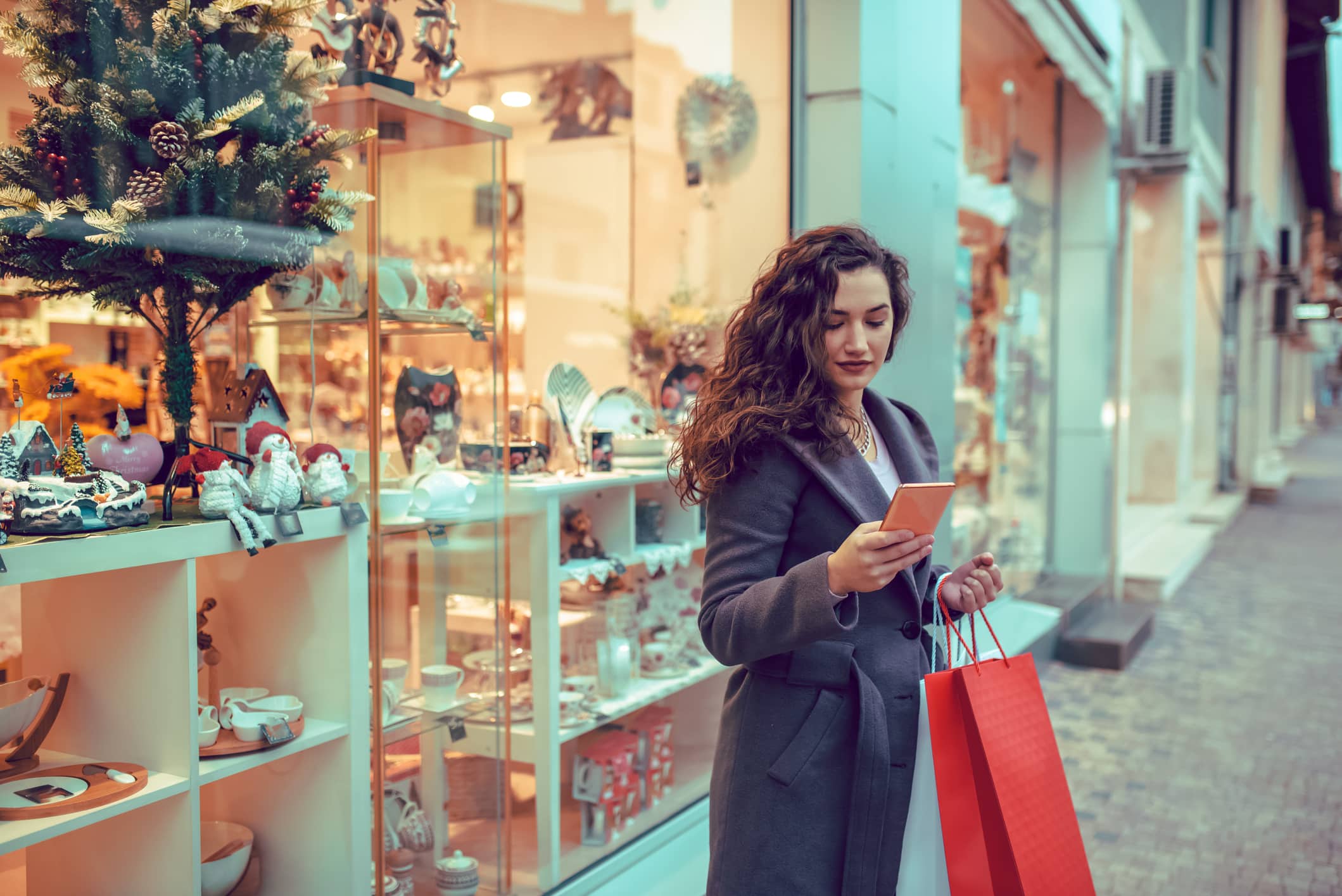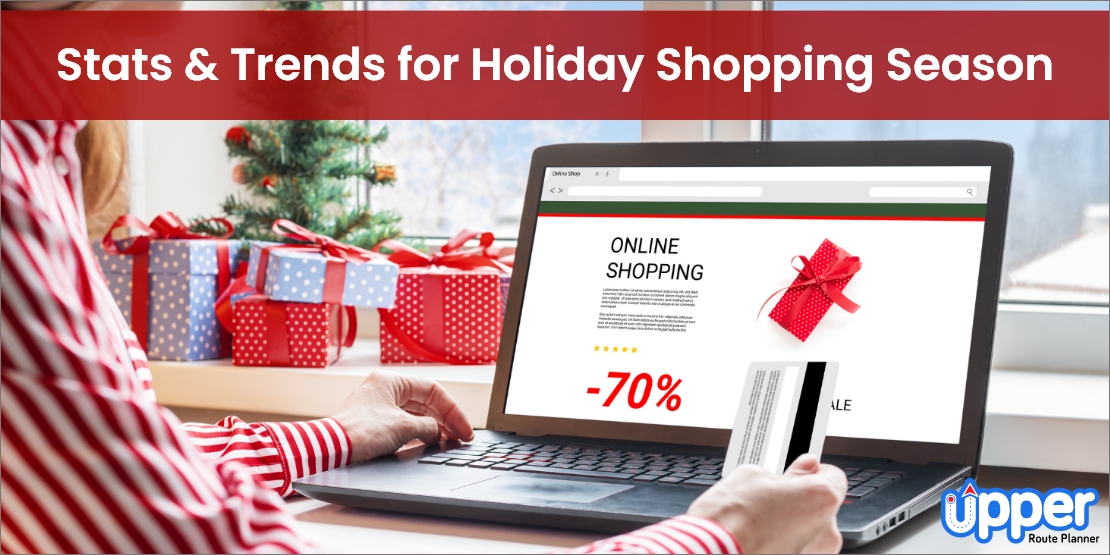Navigating the Future of Holiday Shopping: Trends Shaping 2025 and Beyond
Related Articles: Navigating the Future of Holiday Shopping: Trends Shaping 2025 and Beyond
Introduction
With enthusiasm, let’s navigate through the intriguing topic related to Navigating the Future of Holiday Shopping: Trends Shaping 2025 and Beyond. Let’s weave interesting information and offer fresh perspectives to the readers.
Table of Content
Navigating the Future of Holiday Shopping: Trends Shaping 2025 and Beyond

The holiday season, a time of joy and gift-giving, is also a period of intense consumer activity. As technology continues to evolve and consumer preferences shift, the landscape of holiday shopping is undergoing a dramatic transformation. Understanding these trends is crucial for businesses seeking to thrive in this competitive environment, while consumers can benefit from navigating the evolving shopping landscape with informed choices.
The Rise of Personalized Experiences:
The era of mass-market marketing is fading. Consumers, increasingly accustomed to personalized experiences in their daily lives, expect the same level of customization in their holiday shopping. This trend is driven by advancements in artificial intelligence (AI) and data analytics, enabling retailers to tailor their offerings based on individual preferences, purchase history, and even browsing behavior.
- AI-powered recommendations: Retailers are leveraging AI to provide highly personalized product recommendations, making the shopping experience more efficient and enjoyable. This involves analyzing data from past purchases, browsing history, and even social media interactions to suggest items tailored to individual tastes.
- Personalized promotions and offers: Consumers are more likely to engage with targeted promotions and offers that cater to their specific needs and interests. This can include personalized discounts, exclusive access to new products, or curated gift guides based on recipient profiles.
- Interactive shopping experiences: Immersive technologies like augmented reality (AR) and virtual reality (VR) are transforming the way consumers interact with products. AR allows customers to visualize how products would look in their homes, while VR offers virtual shopping environments that recreate the in-store experience.
The Seamless Integration of Online and Offline:
The lines between online and offline shopping continue to blur, with consumers demanding a seamless experience across channels. This trend, known as "phygital," combines the convenience of online shopping with the tangible experience of physical stores.
- Click-and-collect: Consumers can order products online and pick them up at a convenient location, often within the same day. This eliminates shipping costs and waiting times, providing a fast and flexible shopping experience.
- In-store browsing and online purchase: Consumers can browse products in a physical store and then purchase them online, taking advantage of online discounts or accessing a wider selection.
- Omnichannel customer service: Retailers are offering unified customer support across all channels, allowing consumers to contact them through phone, email, chat, or social media, regardless of where they made their purchase.
Sustainable Shopping Takes Center Stage:
Consumers are increasingly conscious of the environmental impact of their purchases, demanding ethical and sustainable options. This trend is driving retailers to prioritize eco-friendly practices and transparent sourcing.
- Eco-conscious products: Consumers are seeking products made from recycled materials, sustainable packaging, and fair-trade practices. Retailers are responding by offering a wider selection of eco-friendly products and promoting their sustainability initiatives.
- Carbon-neutral shipping: Retailers are exploring ways to reduce their carbon footprint by offering carbon-neutral shipping options or partnering with eco-friendly delivery services.
- Circular economy models: Retailers are embracing circular economy models that emphasize reuse, repair, and recycling, reducing waste and promoting sustainability.
The Rise of Social Commerce:
Social media platforms are evolving into powerful shopping destinations, influencing purchase decisions and facilitating direct sales. This trend, known as social commerce, is driven by the desire for instant gratification and authentic recommendations.
- Live shopping experiences: Consumers can interact with brands and influencers in real-time through live streaming events, where products are showcased and questions answered. This creates an interactive and engaging shopping experience.
- Social media shopping features: Platforms like Instagram and TikTok are integrating shopping features directly into their apps, allowing users to purchase products without leaving the platform.
- Influencer marketing: Brands are partnering with influencers to promote their products to their followers, leveraging their credibility and reach to drive sales.
Emerging Technologies Shaping the Future:
Beyond these established trends, emerging technologies are poised to further revolutionize the holiday shopping experience.
- Voice commerce: The increasing adoption of voice assistants like Amazon Alexa and Google Assistant is paving the way for voice-activated shopping, allowing consumers to make purchases through simple voice commands.
- Artificial reality (AR) and virtual reality (VR): These technologies offer immersive shopping experiences, allowing consumers to virtually try on clothes, visualize furniture in their homes, or even explore virtual shopping malls.
- Blockchain technology: Blockchain can enhance transparency and security in supply chains, allowing consumers to track the origin and authenticity of products, fostering trust and ethical consumption.
The Importance of Adapting to the Evolving Landscape:
Understanding these trends is crucial for businesses seeking to thrive in the dynamic holiday shopping landscape. Retailers must embrace technology, personalize their offerings, prioritize sustainability, and leverage social commerce to engage with consumers effectively.
FAQs by 2025 Holiday Shopping Trends:
Q: How will AI impact holiday shopping in 2025?
A: AI will play a significant role in personalizing the shopping experience, offering tailored product recommendations, targeted promotions, and personalized gift guides. It will also enable retailers to analyze customer data and predict demand, optimizing inventory management and reducing waste.
Q: What are the benefits of phygital shopping for consumers?
A: Phygital shopping offers consumers the convenience of online shopping combined with the tangible experience of physical stores. It allows for click-and-collect options, in-store browsing with online purchase capabilities, and omnichannel customer service, providing a seamless and flexible shopping experience.
Q: How can retailers promote sustainability during the holidays?
A: Retailers can promote sustainability by offering eco-conscious products, using sustainable packaging, implementing carbon-neutral shipping options, and embracing circular economy models. Transparency in sourcing practices and ethical production processes are also crucial for building consumer trust.
Q: What are the advantages of social commerce for businesses?
A: Social commerce allows businesses to reach a wider audience, leverage influencer marketing, create interactive shopping experiences through live streaming, and integrate shopping features directly into social media platforms. This provides a direct channel to connect with consumers and drive sales.
Q: How can consumers prepare for the evolving holiday shopping landscape?
A: Consumers should stay informed about emerging trends, utilize personalized recommendations, explore sustainable options, and embrace the seamless integration of online and offline shopping. They should also be aware of privacy concerns and data security when interacting with online retailers.
Tips by 2025 Holiday Shopping Trends:
- Embrace personalized recommendations: Take advantage of AI-powered suggestions and tailored offers to discover products that align with your interests.
- Utilize omnichannel shopping: Explore the convenience of click-and-collect options, browse products in physical stores and purchase online, and leverage omnichannel customer service for seamless support.
- Prioritize sustainability: Choose products made from recycled materials, sustainable packaging, and ethical sourcing. Consider supporting businesses with transparent sustainability practices.
- Engage with social commerce: Explore live shopping events, utilize social media shopping features, and follow influencers for product recommendations and exclusive deals.
- Stay informed about emerging technologies: Keep up-to-date on advancements in AI, AR, VR, and blockchain technology to understand how they are shaping the shopping experience.
Conclusion by 2025 Holiday Shopping Trends:
The holiday shopping landscape is rapidly evolving, driven by technological advancements, changing consumer preferences, and a growing emphasis on sustainability. By embracing personalization, seamless integration of online and offline channels, social commerce, and emerging technologies, businesses can navigate this dynamic environment and thrive. Consumers, armed with knowledge and informed choices, can enjoy a more personalized, convenient, and sustainable holiday shopping experience.








Closure
Thus, we hope this article has provided valuable insights into Navigating the Future of Holiday Shopping: Trends Shaping 2025 and Beyond. We appreciate your attention to our article. See you in our next article!